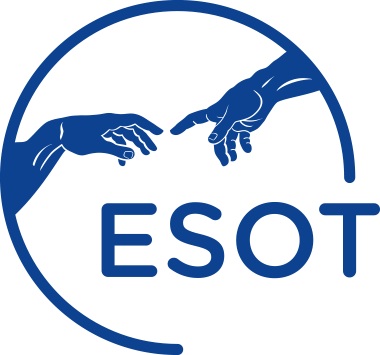- Transplant Immunology. 101853, 2023 May 15.
- Abstract
- Pubmed Link
| Despite novel immunosuppressive (IS) protocols, adverse effects of IS drugs continue to have notable negative impact on patient and cardiac allograft survival after heart transplantation (HTx). Therefore, IS regimens with less toxic side effects are sorely needed. We aimed to evaluate the efficacy of extracorporeal photopheresis (ECP) in combination with tacrolimus-based maintenance IS therapy in the treatment of allograft rejection in adult HTx recipients. Indications for ECP included acute moderate-to-severe or persistent mild cellular rejection, or mixed rejection. Twenty-two patients underwent a median of 22(2-44) ECP treatments after HTx. Median duration of ECP course was 173.5(2-466) days. No relevant adverse effects of ECP were noted. Reduction of methylprednisolone doses was safe throughout the ECP course. ECP, used in conjunction with pharmacological anti-rejection therapy, had a successful reversal of cardiac allograft rejection, decreased the rates of subsequential rejection episodes and normalized the allograft function in patients completing the ECP course. Short- and long-term survivals were excellent (91% at 1 and 5years post-ECP) and comparable to International Society for Heart and Lung Transplantation registry data on HTx recipient overall survival. In conclusion, ECP can be safely used for the treatment and prevention of cardiac allograft rejection in conjunction with traditional IS regimen.Copyright © 2023. Published by Elsevier B.V. |
BACKGROUND:
There is no standard definition for “HLA incompatible” transplants. For the first time, we systematically assessed how HLA incompatibility was defined in contemporary peer-reviewed publications and its prognostic implication to transplant outcomes.
METHODS:
We combined 2 independent searches of MEDLINE, EMBASE, and the Cochrane Library from 2015 to 2019. Content-expert reviewers screened for original research on outcomes of HLA-incompatible transplants (defined as allele or molecular mismatch and solid-phase or cell-based assays). We ascertained the completeness of reporting on a predefined set of variables assessing HLA incompatibility, therapies, and outcomes. Given significant heterogeneity, we conducted narrative synthesis and assessed risk of bias in studies examining the association between death-censored graft failure and HLA incompatibility.
RESULTS:
Of 6656 screened articles, 163 evaluated transplant outcomes by HLA incompatibility. Most articles reported on cytotoxic/flow T-cell crossmatches (n = 98). Molecular genotypes were reported for selected loci at the allele-group level. Sixteen articles reported on epitope compatibility. Pretransplant donor-specific HLA antibodies were often considered (n = 143); yet there was heterogeneity in sample handling, assay procedure, and incomplete reporting on donor-specific HLA antibodies assignment. Induction (n = 129) and maintenance immunosuppression (n = 140) were frequently mentioned but less so rejection treatment (n = 72) and desensitization (n = 70). Studies assessing death-censored graft failure risk by HLA incompatibility were vulnerable to bias in the participant, predictor, and analysis domains.
CONCLUSIONS:
Optimization of transplant outcomes and personalized care depends on accurate HLA compatibility assessment. Reporting on a standard set of variables will help assess generalizability of research, allow knowledge synthesis, and facilitate international collaboration in clinical trials.


